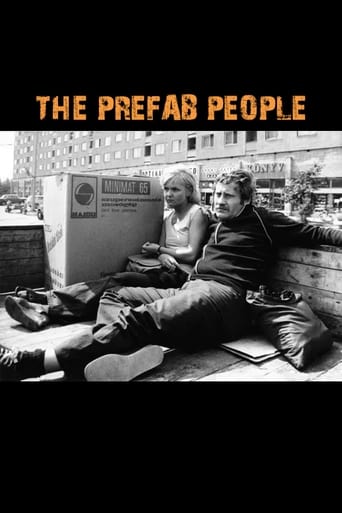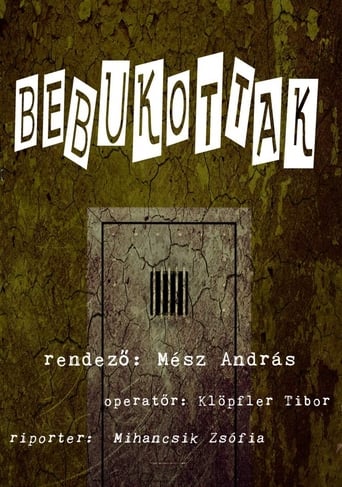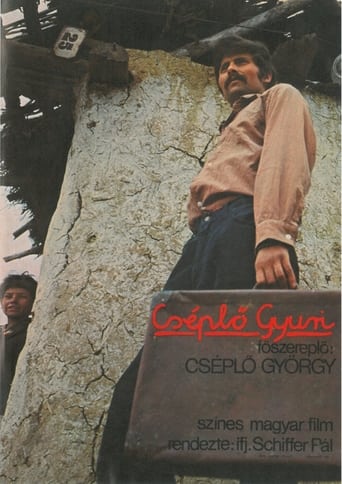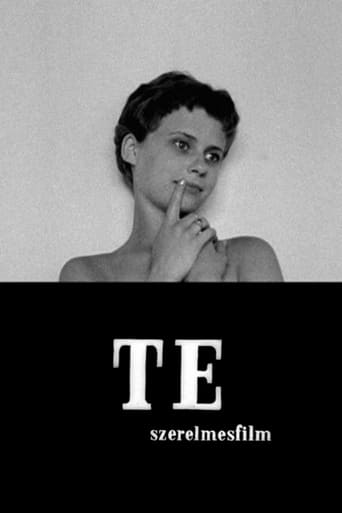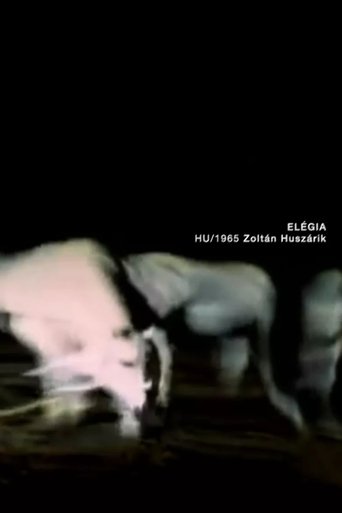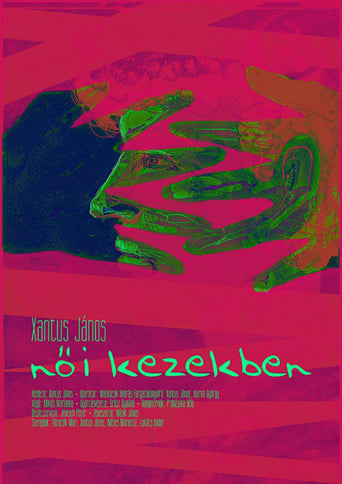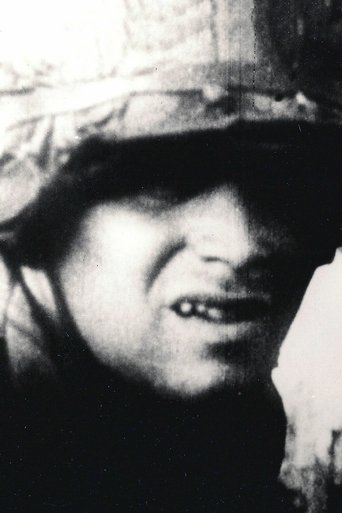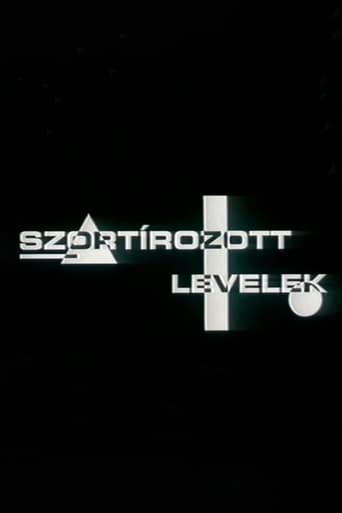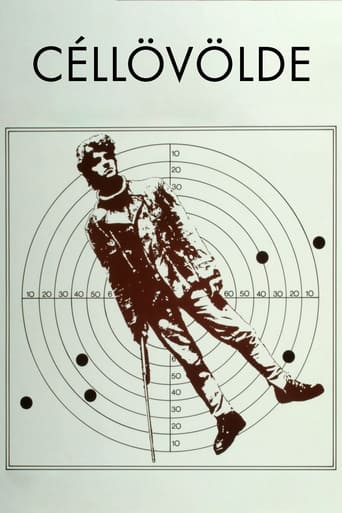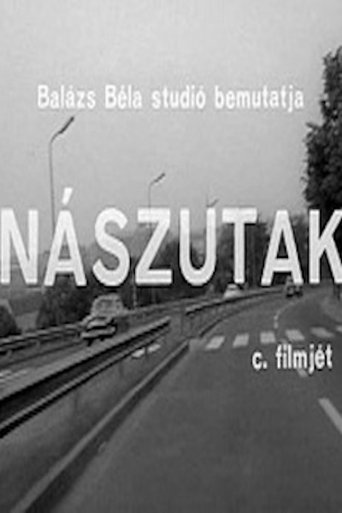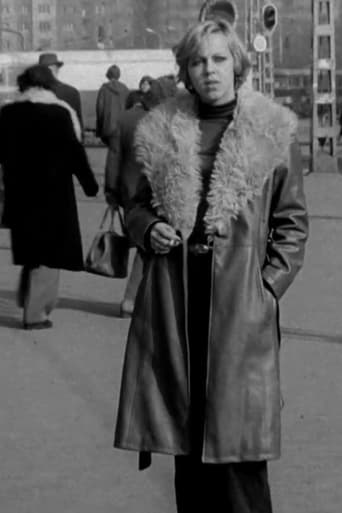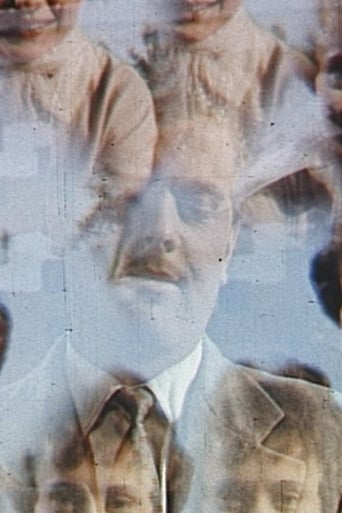Ostensibly a non-narrative study of various aspects of a rural winter, this short film by one of modern Hungarian cinema’s greatest visual poets has all the spellbinding qualities of his better-known feature debut Sindbad (Szindbád, 1971), but here allied to a winning sense of humour that’s never quite allowed to detract from the haunting beauty of many of the images. The end of autumn is heralded by a few red leaves still clinging to a statue’s sculpted robes, while whip pans across the increasingly wintry landscape and close-ups of rippling water are given character by seemingly random freeze-frames and Zoltán Jeney’s electronic chirrups on the soundtrack. There are recurring shots of birds, migrating en masse, huddled by the icy water or lying individually dead, frozen stiff in the snow. So far Capriccio has been a reasonably generic mood piece, but then the snowmen arrive…

